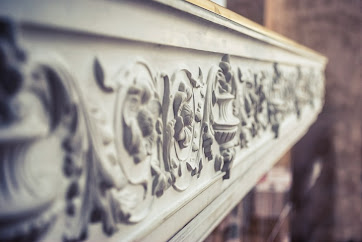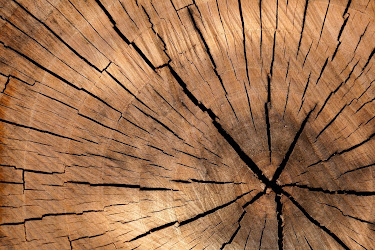Baghdad was not the only city founded by Caliph Al-Mansur. He also developed a site in northern Syria on the east bank of the Euphrates River. The area had been settled in classical times, but in 772, as part of the program of border Extention, Al- Mansur founded a settlement known as al-Rafiqa.
Al-Rafiqa was modeled after the round city of Baghdad, and the surviving fortifications confirm this statement. Al- Mansur commissioned his son and successor Al-Mahdi to oversee the construction of this city. Later additions such as outer walls were carried under Al-Mahdi son Harun ur Rashid. The place served as a garrison town for his Khorasanian Persian army on the border with Byzantine Empire to protect Abassids Territories. it was also suited at the crossroads of important caravan routes at the confluence of the river Euphrates with the river Khabur.
In plan, Al-Rafiqa consists of a closed horseshoe-shaped area 1.3 km wide. It was protected by a massive wall, nearly 5 km long and fortified by 132 defensive round towers, as well as an outer wall and a moat. 3 gates led to the interior, the small western gate, the bulky northern gate, and the gate located on the southeastern corner of the city wall known as Baghdad gate, In the center of La-Rafiqa stood a large Friday Mosque, built to serve the garrison of soldiers from Khorasan. Its massive mud bricks wall were faced with baked brick. The interior courtyard was surrounded by hypostyle halls carried on brick piers. The prayer hall on the Qibla side was 3 bays deep, while those on the other3 side of the court were only 2 bays deep.
Raqqa, together with al-Rafiqa, formed the largest urban entity in Syria. It is hardly surprising, therefore, that Harun al-Rashid, who disliked Baghdad, transferred his residence there in 796, and it remained his base until 808. During his 12 years of residence, he not only added to the city's fortifications but also constructed an impressive palace quarter to the north. Covering almost 10 square km, it included 20 large palace complexes. The largest of them, set in the center, measured about 1150x980 feet. it can be identified with Harun's residence.
Stay Connected for more. Thank you!













